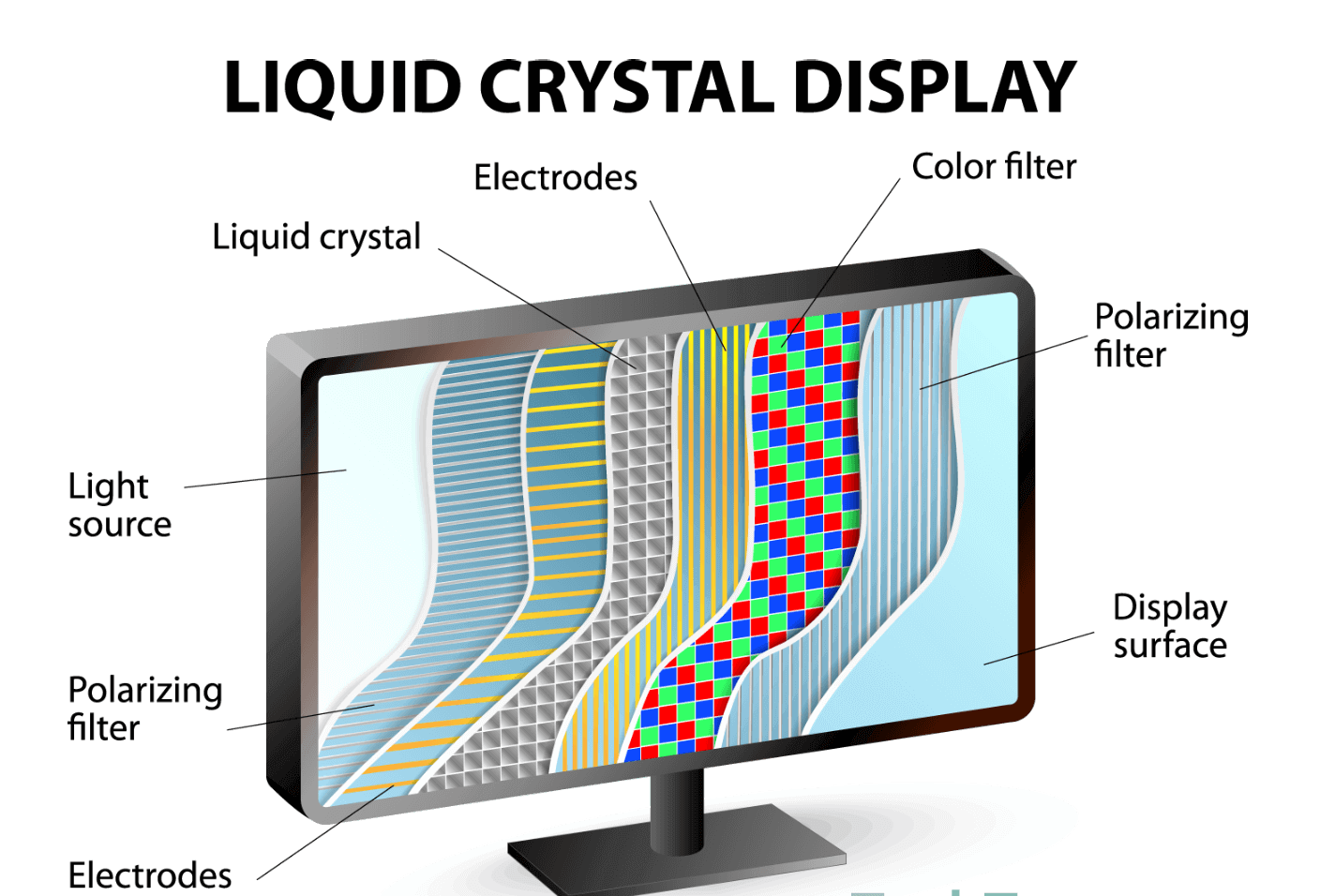The Technical Parameters Of LCD
Blaze Display Technology Co., Ltd. | Updated: Nov 27, 2018
1.Visual Area
The size of liquid crystal display is the actual use scope of the screen. For example, a 15.1”LCD display approximately equals to the visual scope of a 17”screen.
2.Visual Angle
The visual angle of liquid crystal display is horizontal symmetrical, but it is not always vertically symmetrical. For example, when the lights from backlight go through polarizers, liquid crystal and orientation film, they have a character of specific direction. It means that most of the lights which are emitted from screen have the vertical direction. If we watch a white screen from a very oblique angle, we may see black or color distortion. In general, the vertical visual angel is lesser than the horizontal visual angle. If the horizontal visual angle is 80 degree, you can clearly see the screen images from a normal line position to 80 degree position. However, because the range of human vision is different, if you are not at the range of the best visual angle, the color and brightness you see will have errors. Now, in order to improve the visual angle of LCD, some manufacturers have developed a variety of wide visual angle technologies, such as: IPS, MVA, TN+FILM. These technologies can increase the LCD visual angle to 160 degree and even more.
3.Pixel Pitch
We are often asked that how long the pixel pitch of liquid crystal display is. For example: the visual area of a 14 inch LCD is 285.7mm*214.3mm, and its max resolution is 1024*768, so the pixel pitch is 285.7mm/1024=0.279mm(or 214.3mm/768=0.279mm)
4.Color Degree
Color degree is very important to LCD. As we know, any color in nature is composed by the three basic colors: red, green and blue. There are 1024*768 pixels in LCD images and every single pixel is controlled by the three basic colors. The basic color of LCD which usually has 64 degree, so each single pixel has 64*64*64=262144 kinds of colors.
5.Contrast Ratio
The definition of contrast ratio is that the maximum luminance value divides by the minimum luminance value. The contrast ratio is determined by LCD components like controlling IC, light filter, orientation film and so on. If the contrast ratio reaches 350:1, it will meet the need of general users. Meanwhile, the contrast ratio of CRT display could easily reach 500:1, and even more. But only high class LCD’s contrast ratio could reach that kind of lever and meet the need of professional users.
6.Brightness Value
Liquid crystal which is a substance state between solid state and liquid state could give no light of its own. The illumination of liquid crystal is relied on outside light source. The maximum brightness of liquid crystal display is determined by the backlight.
7.Response Time
The definition of response time is that the reaction time of liquid crystal for the input signal. We could simply consider that the response time is the light swift response time that the liquid crystal display turns from dark to light or from light to dark. It usually is measured in milliseconds. And the response time is the shorter the better. If the response time is too long, you will see shadow tails dragging around when LCD is playing dynamic images. Usually, the response time of LCD is between 2ms-5ms. There is a “persistence of vision” phenomenon in our eyes and high speed motion pictures will form a brief impression in our brain. For example: Cartoons and movies let a series of gradual changing images flash in front of our eyes that form dynamic images. If images playing speed is lesser than 24 frames per second, you will obviously feel the pictures pausing and discomfort. It means that the show time of each image is lesser than 40ms.


